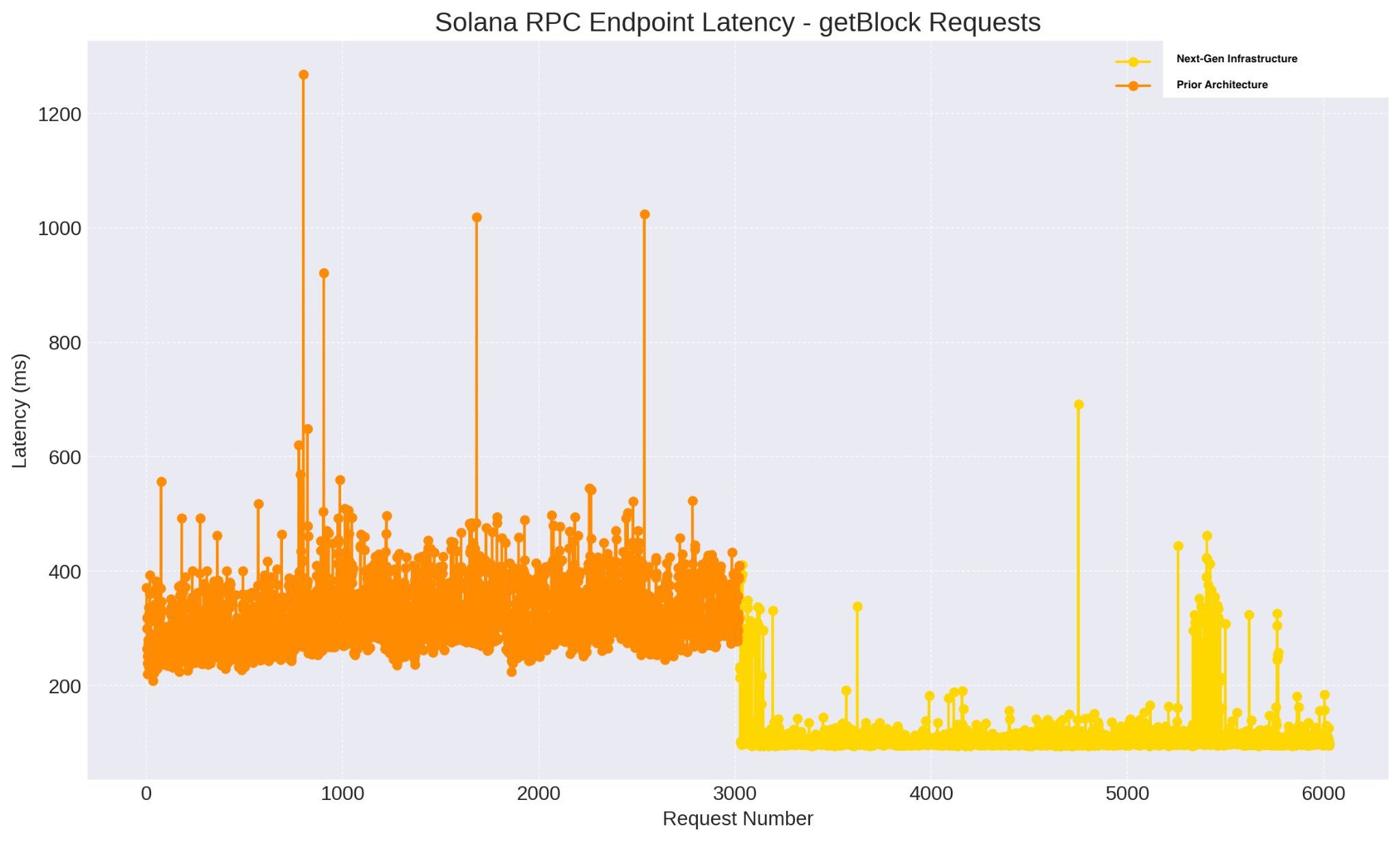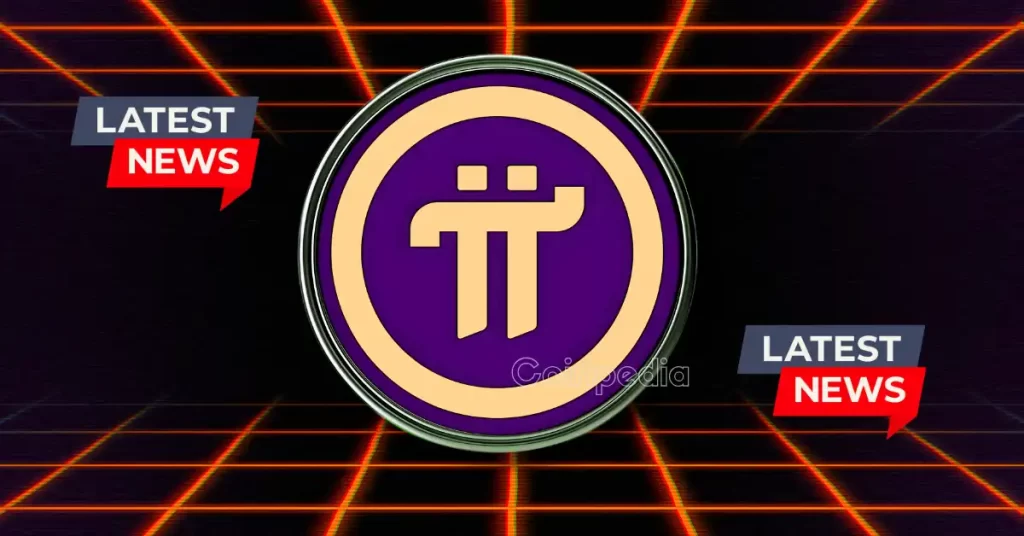
U.S. President Donald Trump recently posted on social media urging investors to buy the stock and Crypto dip. This post comes after the market was rattled by his latest tariff policy and trade war with China. His statement has sparked debate over whether the selloff’s worst is over or this is just the beginning.
President Donald Trump Drops Epic Signal
It is worth noting that the current bearish market outlook began after President Trump announced a universal tariff on all imports.
Unfortunately, the tariff imposition wiped over $4 trillion from the S&P 500’s total value in just a few days. The index dropped 10.7% in three sessions, further instigating fears regarding higher costs, slower trade, and global economic pressure.
Meanwhile, the recent X post revealed that President Donald Trump is encouraging investors to buy the dip. This has stirred several mixed reactions in the financial market.
Some analysts on X see it as a signal that a rebound could be near, pointing to similar moments in 2018 and 2020. These period, remarks from President Donald Trump came just before market recoveries. In those years, markets bounced back within a few weeks or months.
However, others, like Peter Schiff, a well-known critic of Trump’s economic policies, believe the tariffs will only worsen the crisis. He cautioned against US-China trade escalation if current policies are not reversed.
Bitcoin and Altcoins in Spotlight: Is Market Bottom In?
Notably, the crypto market has not been spared, drawing on their correlation with stocks. CoinMarketCap data shows that Bitcoin, which initially increased to $88,000, has since dropped to $77,766.20.
Additionally, Ethereum price is struggling at a two-year low, with the Whale Average Cost Basis suggesting a potential drop to $1,290. Some experts on X believe the token may find support at this level, as $1,290 represents the average cost basis for whales holding more than 100,000 ETH.
However, analysts caution that it is too early to confirm whether the bottom has been reached. The correction may continue, especially if concerns over the tariffs persist without relief.
Crypto Rebound Catalysts to Watch
It is important to add that several factors could help restore momentum in the market.
For instance, a rate cut by the U.S. Federal Reserve is one possible trigger. There is also speculation that Trump may adjust or roll back the tariff policy to ease market concerns.
Additionally, certain cryptocurrencies like XRP are being closely watched for signs of returning investor confidence. Earlier this week, the Teucrium 2X Long Daily XRP ETF achieved an impressive trading volume milestone, outshining Solana at its launch.
Many experts believe additional Spot ETF approvals could positively affect the market, potentially driving up XRP’s price.
The post Donald Trump Says This Is A ‘Great Time’ To Buy, Will This Mark The Bottom? appeared first on CoinGape.






 (@Shiba_King1991)
(@Shiba_King1991) 


